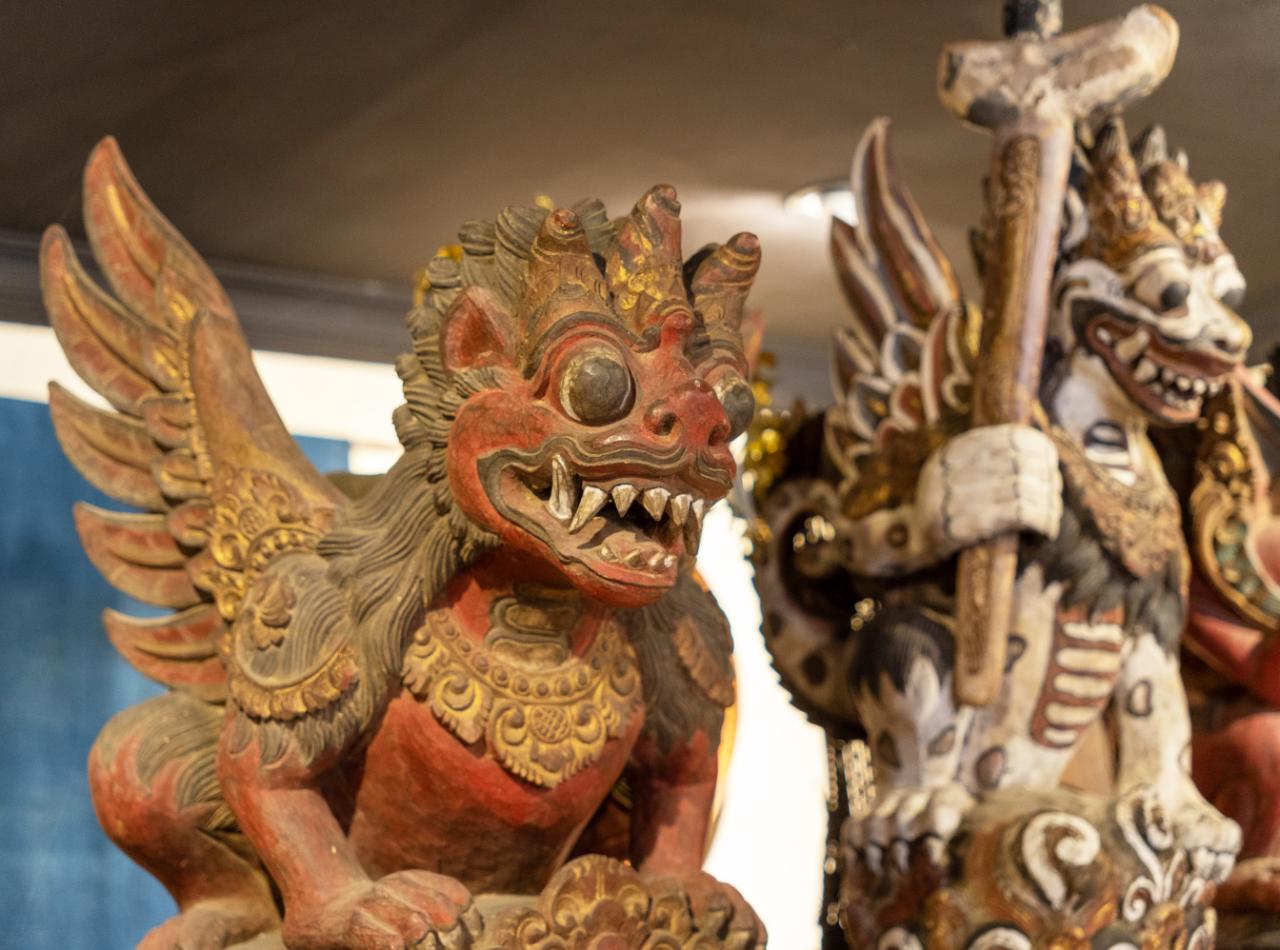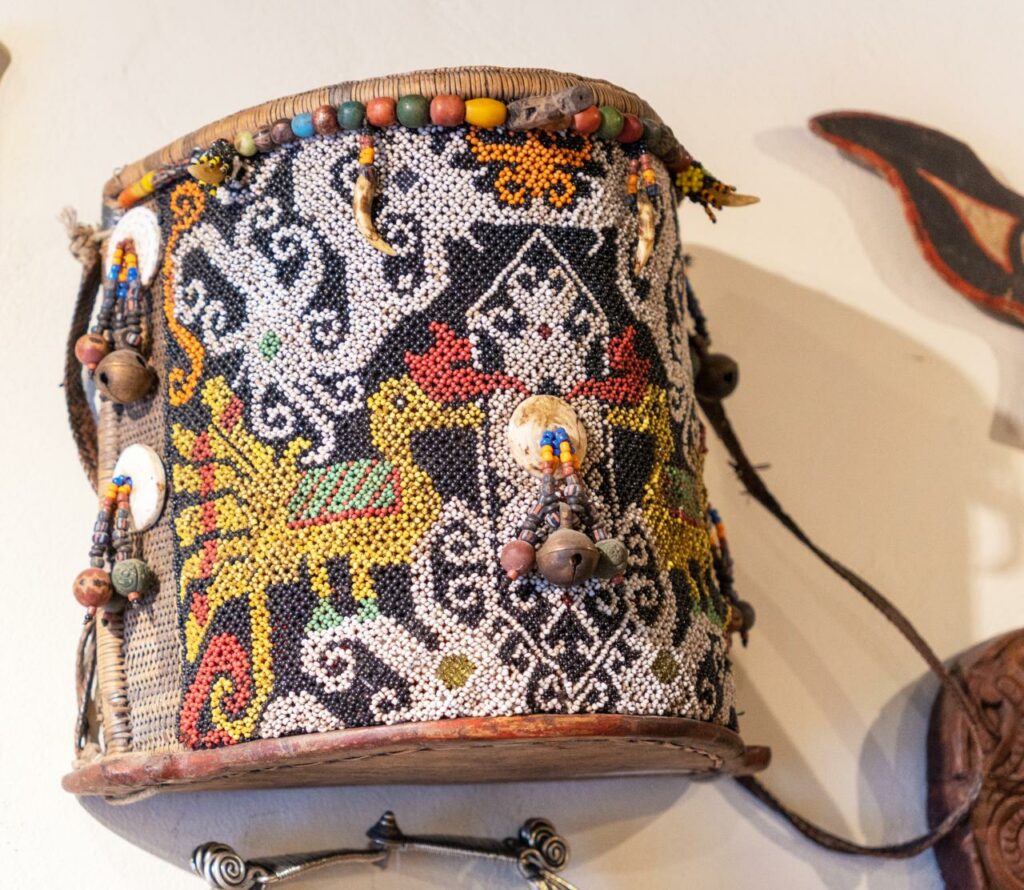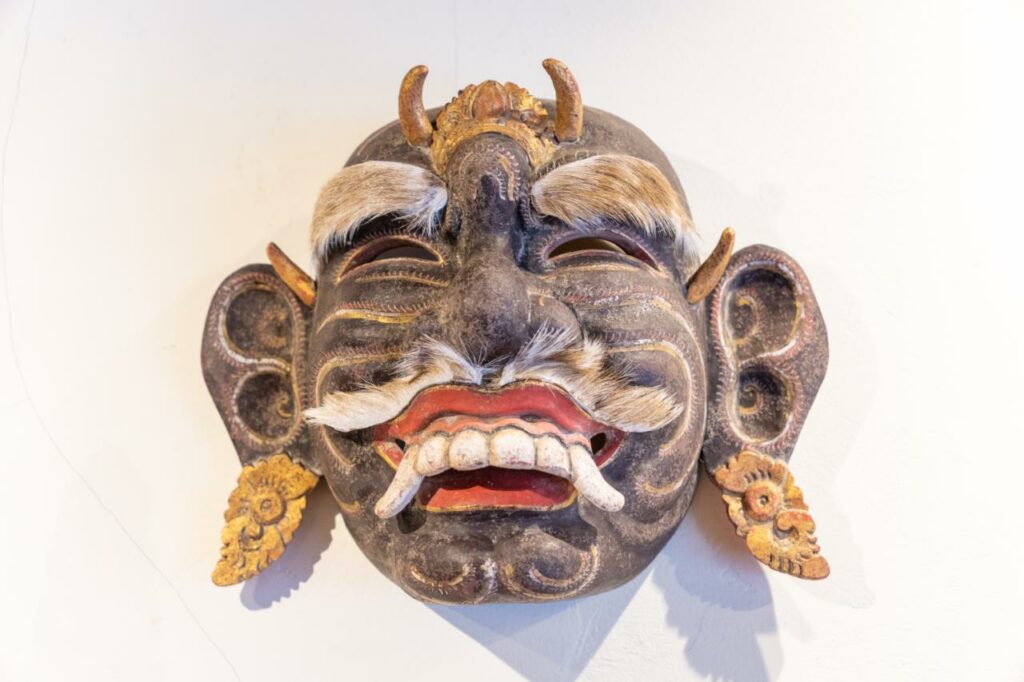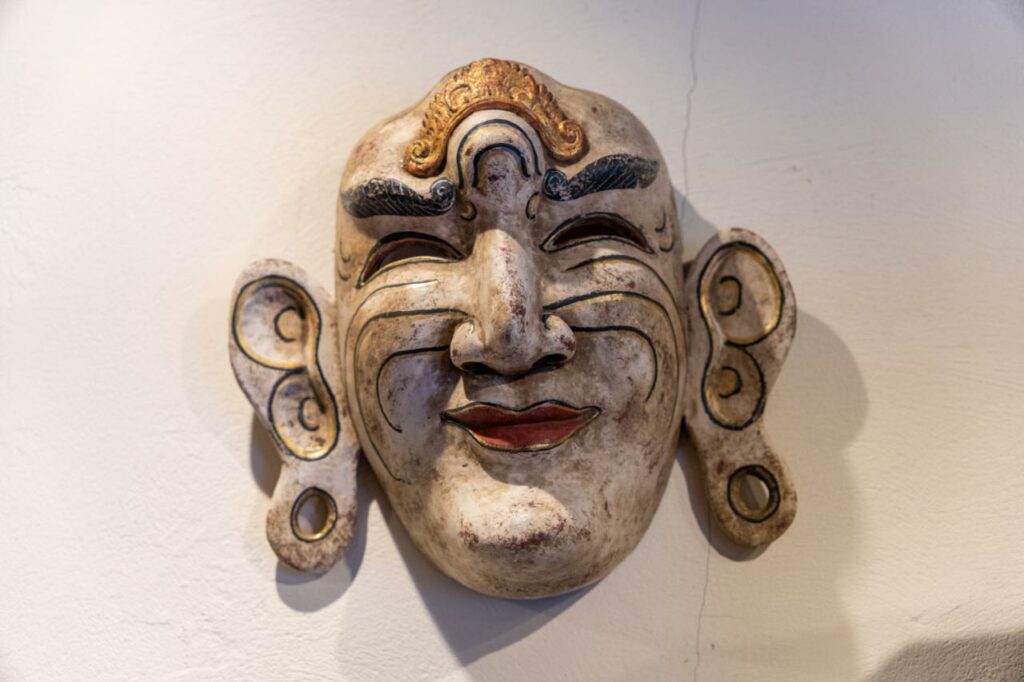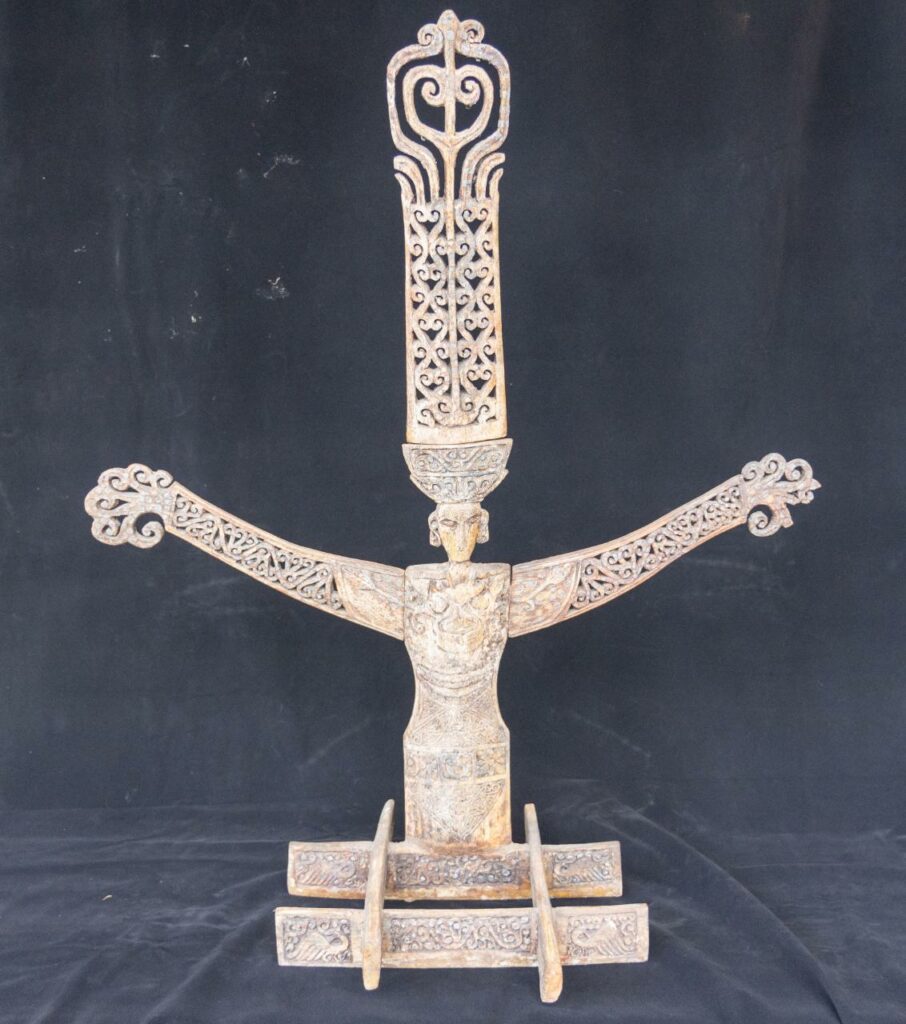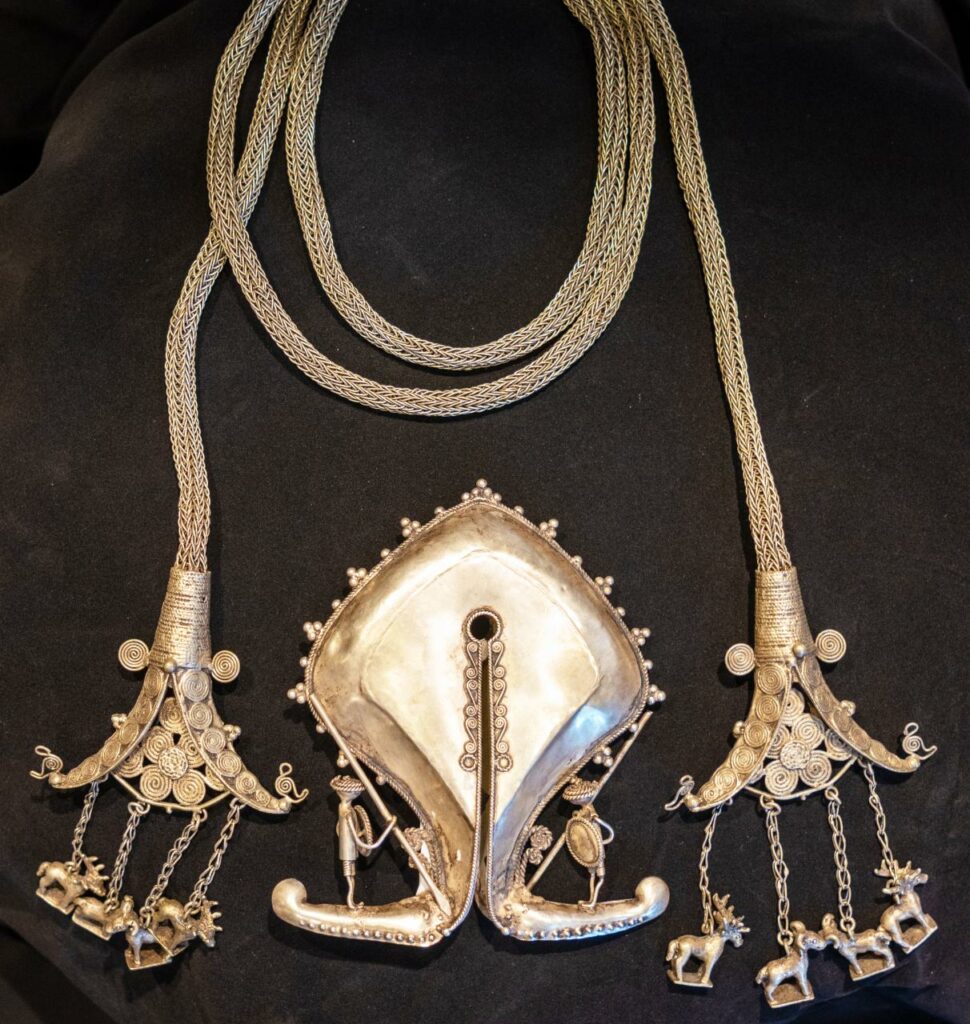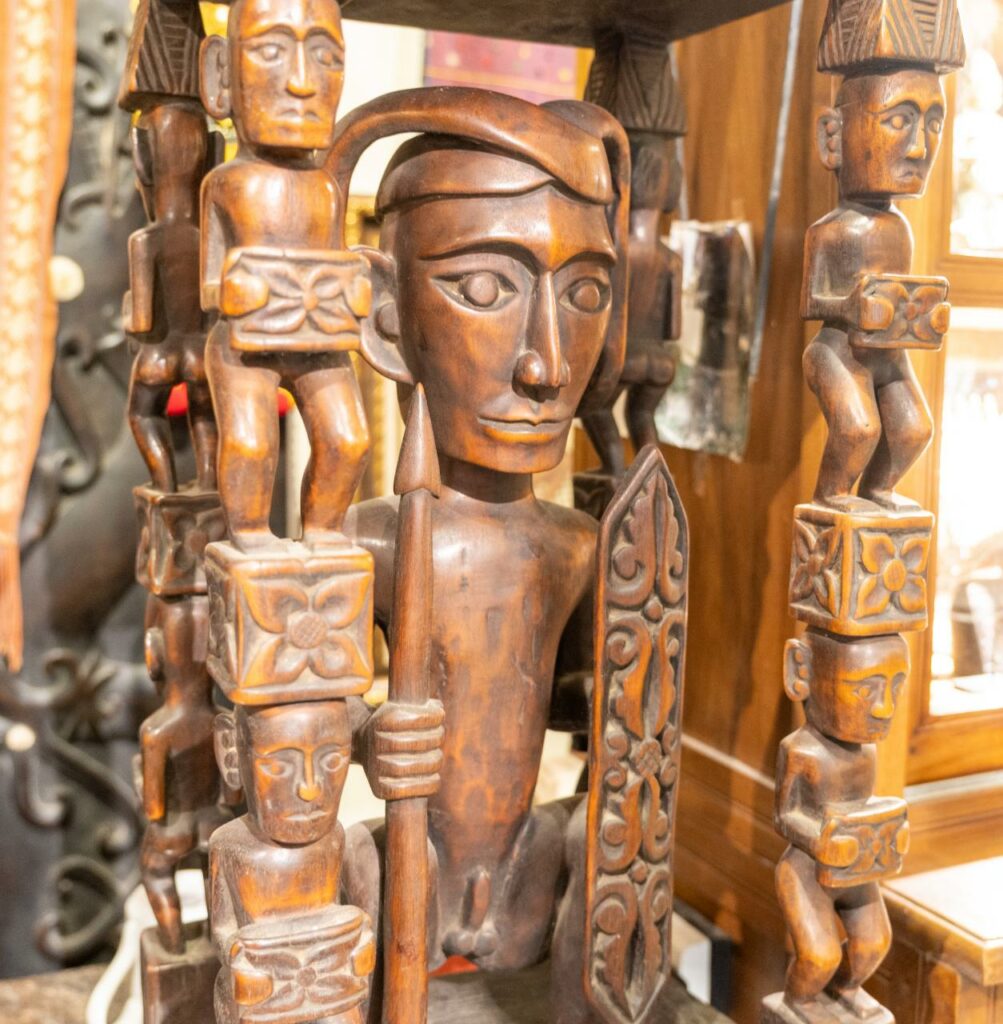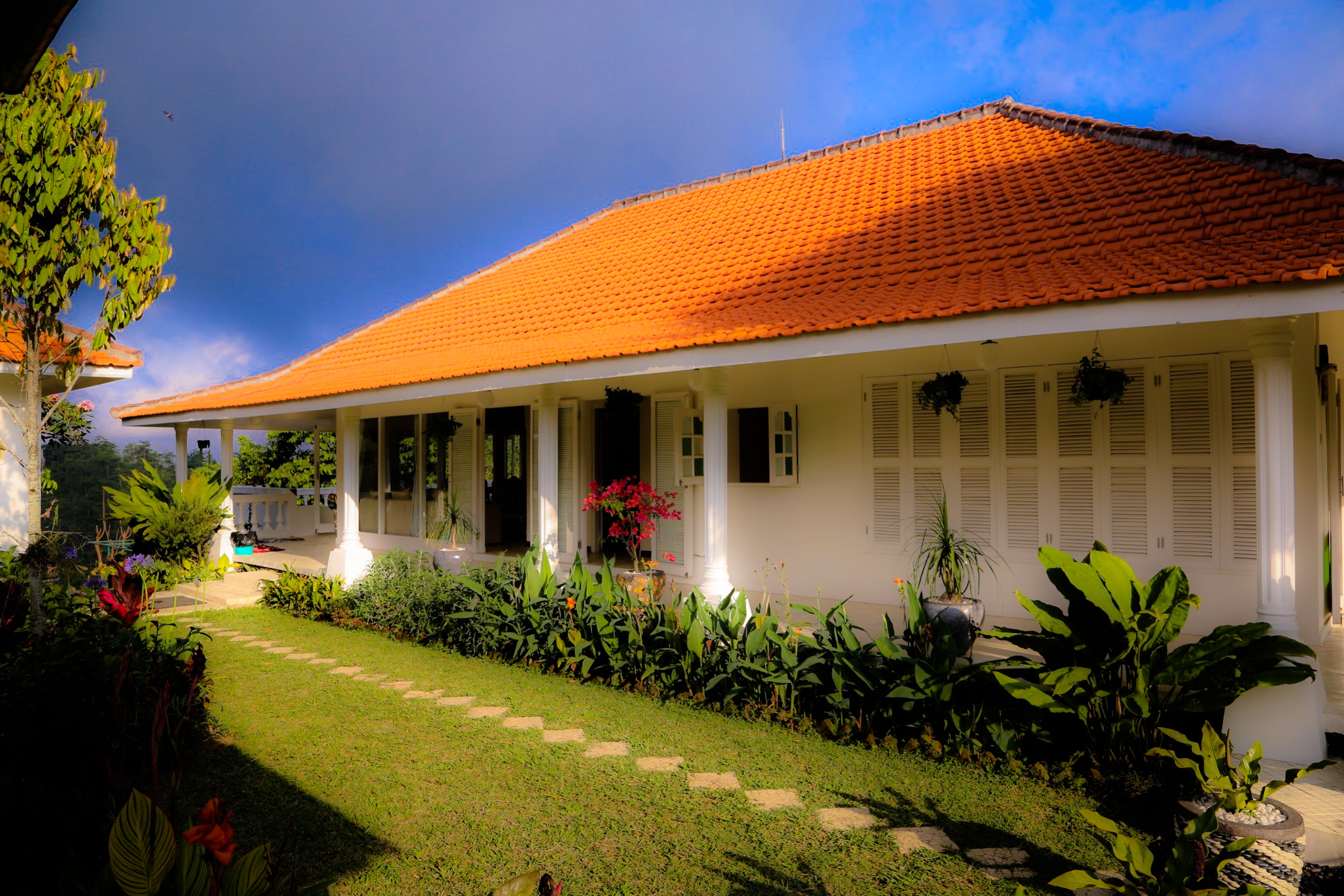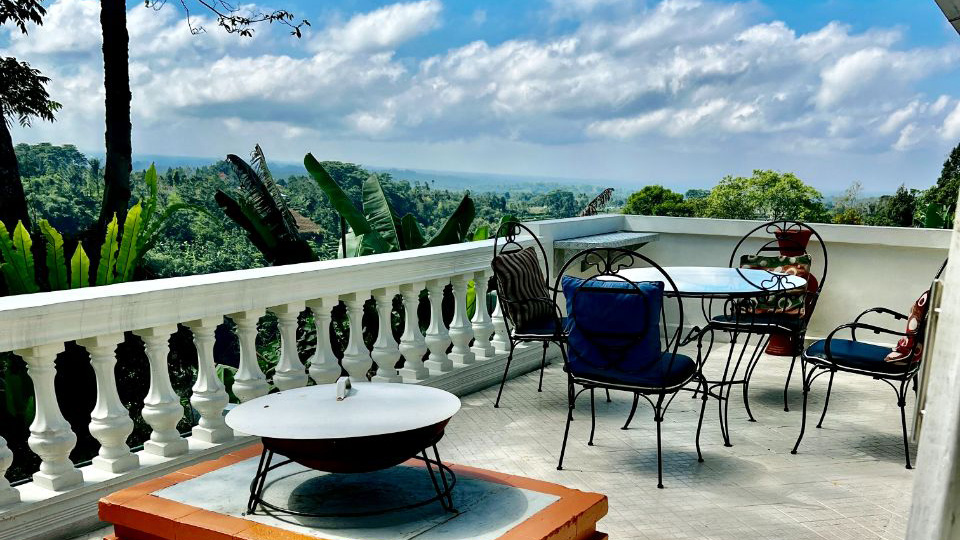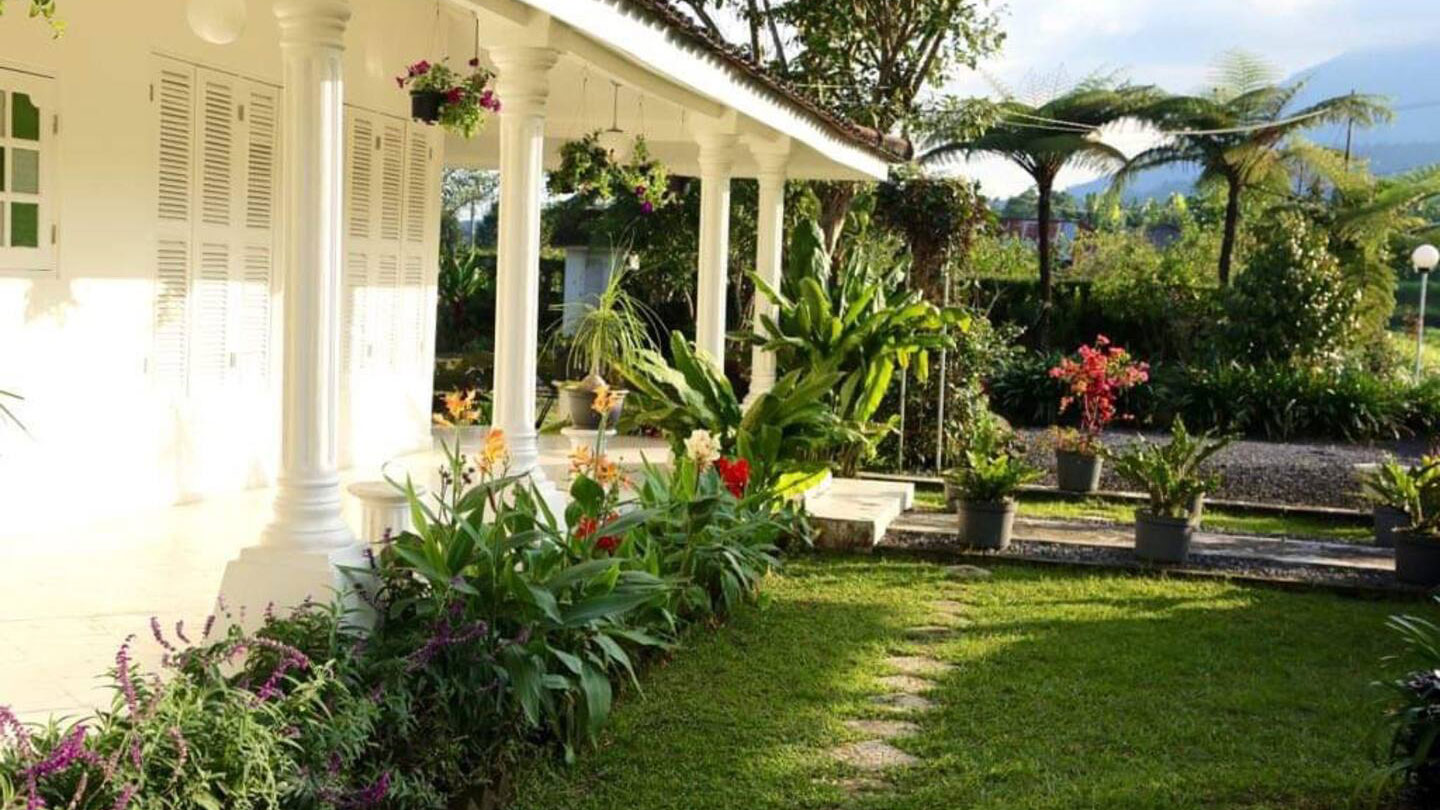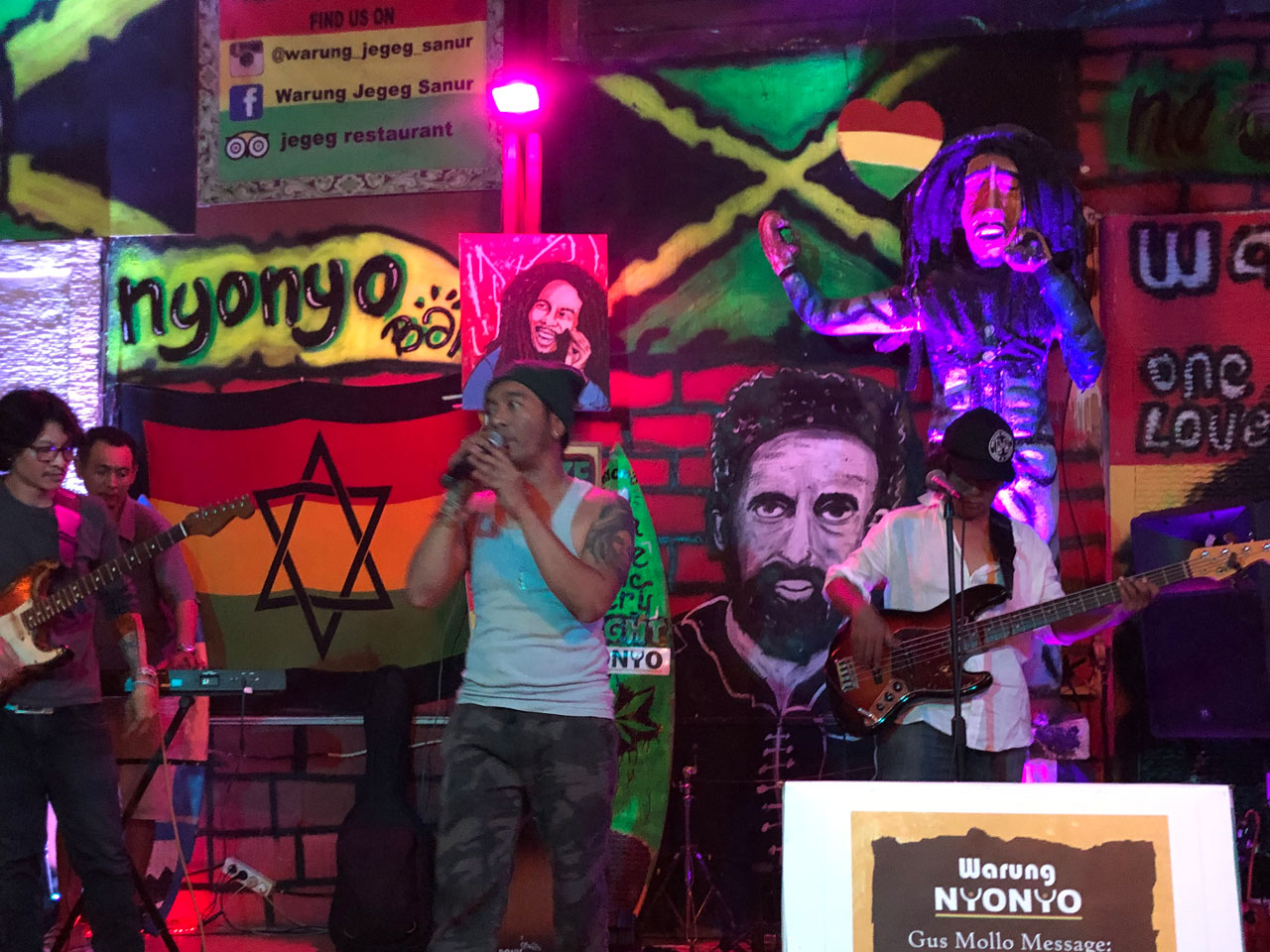Mysterious and Strange Objects
LAMTAFU, a symbol of protection
A traditional artefact from the Moluccas, an archipelago in Indonesia, this figure is believed to possess spiritual power and is often used in rituals to communicate with ancestors or to seek their guidance and protection. This particular Lamtafu is made of whale bones and also used as a talisman for good luck and prosperity.
Today, the Lamtafu figure is highly valued as a cultural treasure and is often displayed in museums and private collections. It serves as a reminder of the rich cultural heritage of the Moluccas and the importance of honouring one’s ancestors.
MAMULI, the love sign
A Sumbanese Mamuli is a traditional ornament worn by women of Sumba Island in Eastern Indonesia during special events such as weddings, funerals, and other important ceremonies. This Mamuli is made of bronze, though some others could be made of silver or gold, and shaped like the womb of a woman to symbolise fertility and is a tribute to Sumba women.
In Sumbanese culture, the Mamuli is a symbol of wealth, social status and a form of dowry. A family’s wealth and status could be measured by the number and quality of Mamuli their daughter wore during her wedding ceremony. Mamuli is also believed to have spiritual powers and are often worn as a talisman for protection.
BABY CARRIER from Dayak Tribe
This is a traditional baby carrier used by the Dayak people in Borneo, Indonesia. It is a woven basket made from rattan or bamboo that is placed on the back of the mother or caregiver, with the baby sitting inside. This carrier is secured with a strap or a piece of cloth tied around the caregiver’s waist. The design of the carrier distributes the weight of the baby evenly across the back, allowing for comfortable and safe transportation. It is decorated with intricate patterns and symbols, and is considered an important cultural artefact for the Dayak people.
SINGA BALI TUGEH
This statue portrays a majestic creature with a fierce expression, flanked by ornate carvings and intricate decorations. This lion statue represents the strength and power of the ancient Balinese kingdom and serves as a symbol of protection and prosperity for the community.
Such lion statues also function as a pedestal joint for house structures, the same as the Garuda statue. The material is made of strong, hard and durable wood.
WHOLE WOODEN BATAK STATUE
The Batak people are an ethnic group from the northern part of the island of Sumatra in Indonesia. They have a rich tradition of art, including wooden statues. This whole wooden Batak statue is carved from a single piece of wood and is 115 cm in height.
The Batak people use this kind of statue for various purposes, including as ancestral or spiritual figures, for protection, and as decorative items. Many of these statues have unique stories or meanings associated with them, adding to their cultural significance. Overall, a whole wooden Batak statue is a beautiful and meaningful piece of art that represents the rich cultural heritage of the Batak people.
SEMBIRAN CLOTH
This is an ancient cloth from Sembiran, Buleleng, Bali. It is handmade using a traditional weaving technique called songket, which involves weaving gold threads through pineapple fibre. Sembiran cloth has a long history in Balinese culture, and is often used for ceremonial purposes such as weddings and teeth filing. It is also valued as a luxurious textile and is often used as a high-end fashion accessory.
JAYAPANGUS MASK
Jayapangus was a legendary king who is said to have ruled the Kingdom of Bali in the 11th century CE. According to traditional Balinese accounts, he was a wise and just ruler who brought peace and prosperity to his kingdom. Jayapangus is said to have founded several important temples and shrines, including the famous Besakih Temple, which is considered to be the most sacred temple in Bali. He also established a system of governance that prioritized the welfare of his people, and his reign is remembered as a time of great cultural achievement and societal progress.
Despite the lack of historical evidence for Jayapangus’ existence, his legacy remains an important part of Balinese mythology and culture. Many Balinese people continue to honor his memory and celebrate his achievements to this day.
For a lesson in Indonesian culture and to find more incredible artefacts, head to Titisan Art Jl. Danau Tamblingan No. 170 Sanur Bali.
<< If you liked this article, you may also like our other articles >>
To chat with our marketing partner about your business, please contact The Travellist
